UZ student designs gold detector
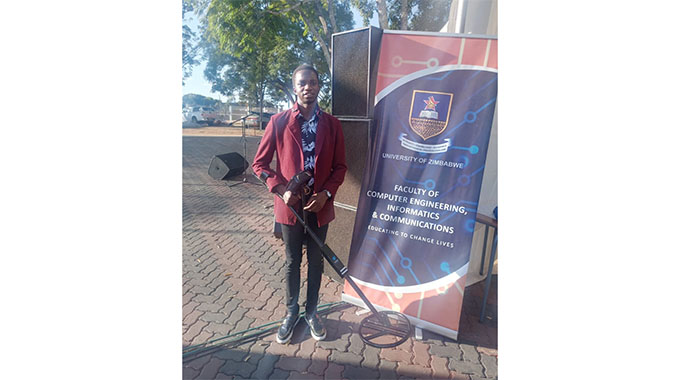
Sifelani Tsiko Innovations Editor
A 24-year-old student at the University of Zimbabwe has designed a metal detector that can scout out metal objects such as gold and others up to a depth of one metre.
Leslie Chihwai, a fourth-year BSC Computer Science student told The Herald on Wednesday at the UZ Research Innovation and Industrialisation Week which opened this week, that he designed and constructed a hand hold metal detector to help small-scale gold miners to boost their gold production.
“I have developed a cost efficient gold detector that can scout for the precious metal up to a depth of one metre. It’s a prototype and I am constantly improving it so that it can prospect for gold and other minerals at depths of more than one metre,” he said.
“I want to develop it further so that it can detect gold, aluminium and iron deposits using artificial intelligence. My target is to design a detector that can help small scale gold miners with tools that are cheaper, locally available and can boost gold output.”
Leslie started developing the gadget when he was a second year student.
The device has a built-in sensing system which can help to detect moving or stationary objects underground using electromagnetic wave propagation.
It’s a simple, low cost and low power prototype that uses very low frequency to pick the presence of gold underground.
“It induces a frequency into the ground and once that frequency hits a metal substance such as gold, it is reflected back to the device where signals are further processed by a microcontroller to give the exact position – depth and type of metal that is on the ground,” Leslie said.
“Each signal is related to a particular metal and this can help miners to quickly detect gold and mine it. I’m hoping to develop a gadget that would at least cost around US$500 each, much cheaper than imported devices that cost US$1 500 and US$15 000.
“This should help more small-scale miners to access equipment that can enhance their gold production.”
Leslie said he is targeting to develop a more sensitive device for long range detection of gold.
The UZ Research Innovation and Industrialisation Week is being held under the theme: “Nurturing a new generation of industries and entrepreneurs towards Zimbabwe’s Vision 2030.”
This annual event aims to showcase various innovations, products, goods and services generated at the UZ’s research, innovation and industrialisation platforms.
“I am so excited to design something that works and has advanced capabilities that can help support our small scale miners. I have developed two devices now, with version 2 having advanced capabilities,” said Leslie.
UZ Computer Science senior lecturer Michael Munyaradzi hailed the student for designing this prototype, saying it will go a long way towards addressing some of the problems facing small scale miners.
“This quite brilliant and the device can actually solve the problems that the country faces, in terms of the millions of dollars spent in importing mining gadgets. Top range metal detectors cost up to US$15 000 each and by designing this locally, we can save a lot of foreign currency and help increase access to cheaper and efficient gadgets for our small scale miners,” he said.
“Zimbabwe can save a lot of money using locally made gadgets. We now have to perfect the gadget and put it on the market.”
Gold is one of Zimbabwe’s major foreign currency earners alongside tobacco leaf, platinum and lithium.
The country’s gold output reached a new record high of 35.38 tonnes in 2022 driven by new mining projects, timely payments and incentives to miners.
The output was 19.5 percent up from the previous year’s output, according to the country’s sole gold buyer, Fidelity Gold Refineries.
Small-scale miners are targeting at least 40 tonnes of gold output this year, up from 25 tonnes produced last year, following the implementation of more efficient mining methods in the sector.
Gold is Zimbabwe’s single largest foreign currency earner while artisanal miners account for more than half the country’s national production. The Government is targeting 100 tonnes of gold per annum by 2023.
Artisanal and small-scale miners are expected to play an important role towards the mining milestone with sector player’s committing to contribute US$4 billion by the targeted period.
University of Zimbabwe Research Innovation and Industrialisation Week aims to showcase new frontiers of knowledge and emerging technology that seeks solutions to some of the national and community problems.
“This has been inspired by the government of Zimbabwe’s Heritage-based Education 5.0 Philosophy. The philosophy pushes for the development of new competencies for generation of innovations and new industries and entrepreneurs,” said UZ Vice Chancellor Prof Paul Mapfumo.
“We are creating the evidence of benefits of Science, Technology and Innovation and this will motivate young people in primary and secondary schools to participate in building and maintaining a vibrant economy; complementing the Government’s mantra, “Nyika inovakwa nevene vayo.”

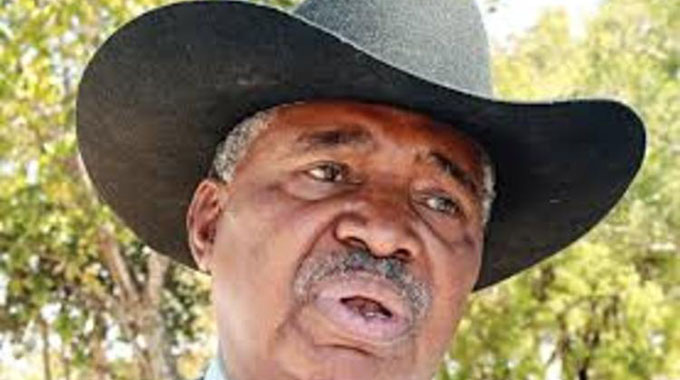
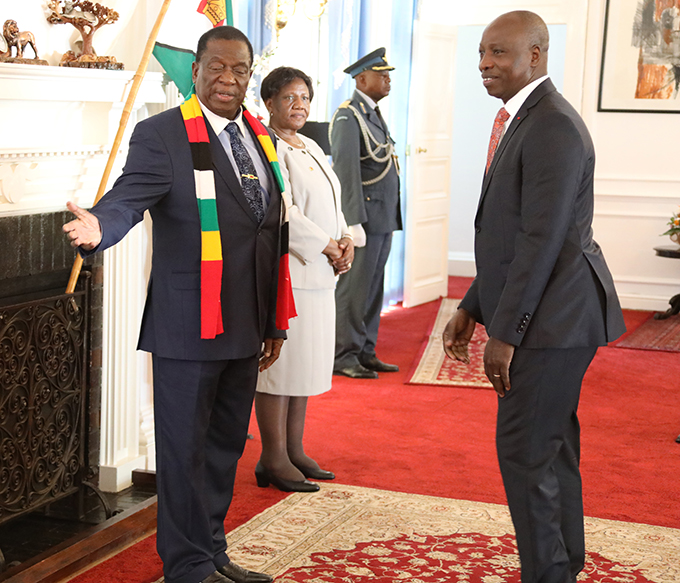
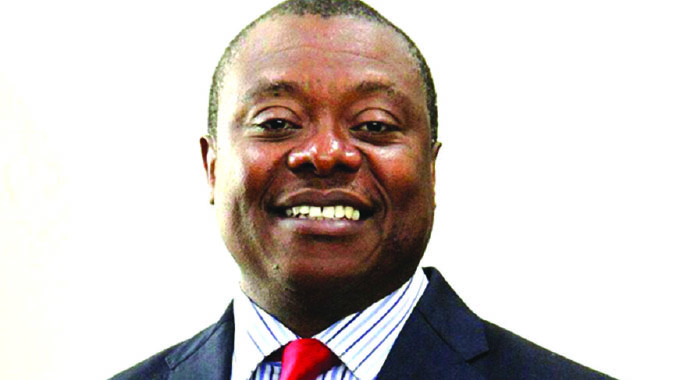

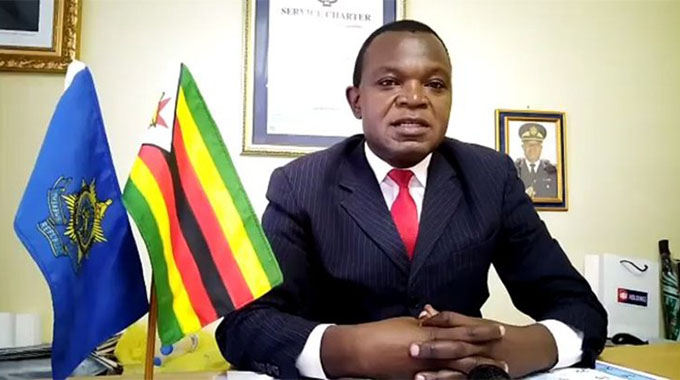

Comments